This thread is about AllAverages T3-LSMA-ILRS Trading System.
The indicator and template can be downloaded from this thread AllAverages
- AllAverages indicator is on this post. AllAverages_v3.2 indicator is on this post. This version works with Metatrader 4 build 600 and above.
- template and the instruction about howto install - read this post (new template to work with build 600+ indicators was added).
- version #2 of AllAverages T3-LSMA-ILRS Trading System is on this post with template. (new template to work with build 600+ indicators was added).
===========
The system updated for all 3 versions.
- the first version of the system updated with latest indicator and new template - this post.
- the second version (latest indicators and new template) - this post.
- the 3rd version (completely new one) - this post.
- version #1 of AllAverages T3-LSMA-ILRS Trading System for Metatrader 5 is on this post.
===========
And it is illustration about how to trade:
- blue line is fast line, we are using this line for trading
- yellow line is medium line, we can use it for stop loss for example
- red line is slow line, we can use it for the direction of the trend (to open the trade using blue line on the direction of red line).
We can see it on the images here:


 7Likes
7Likes LinkBack URL
LinkBack URL About LinkBacks
About LinkBacks






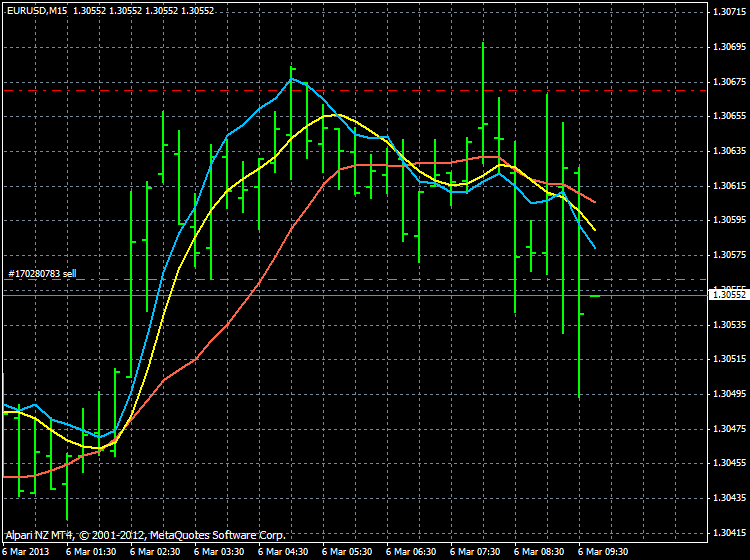
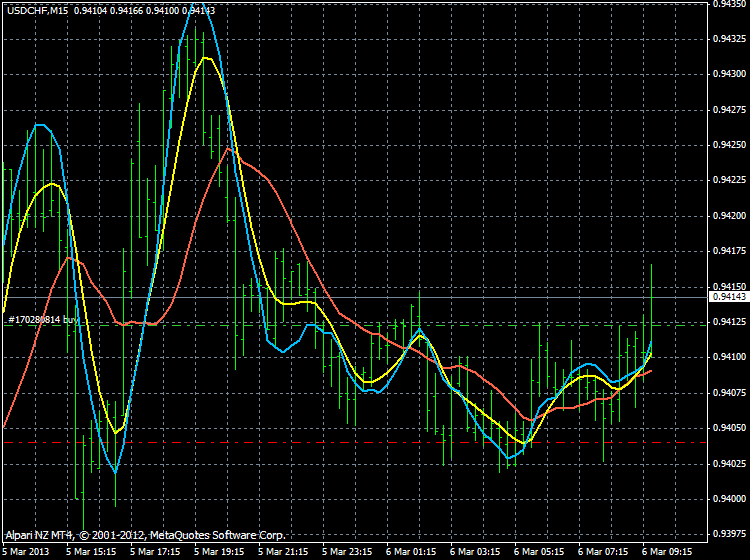





 Reply With Quote
Reply With Quote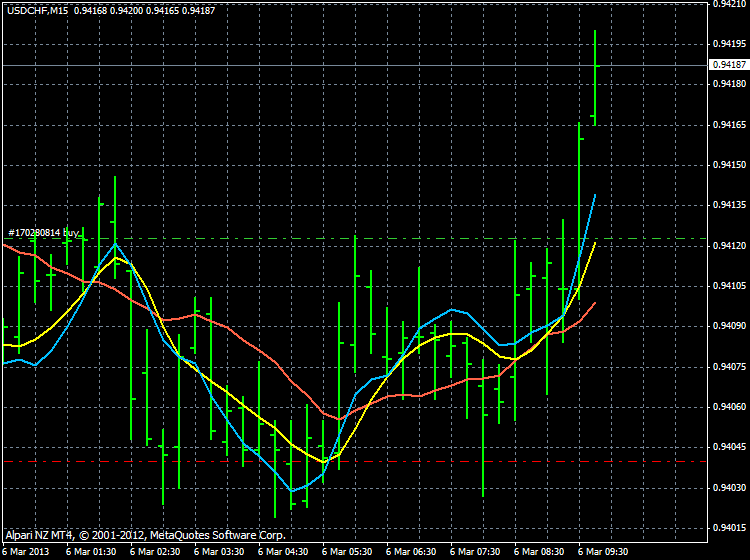


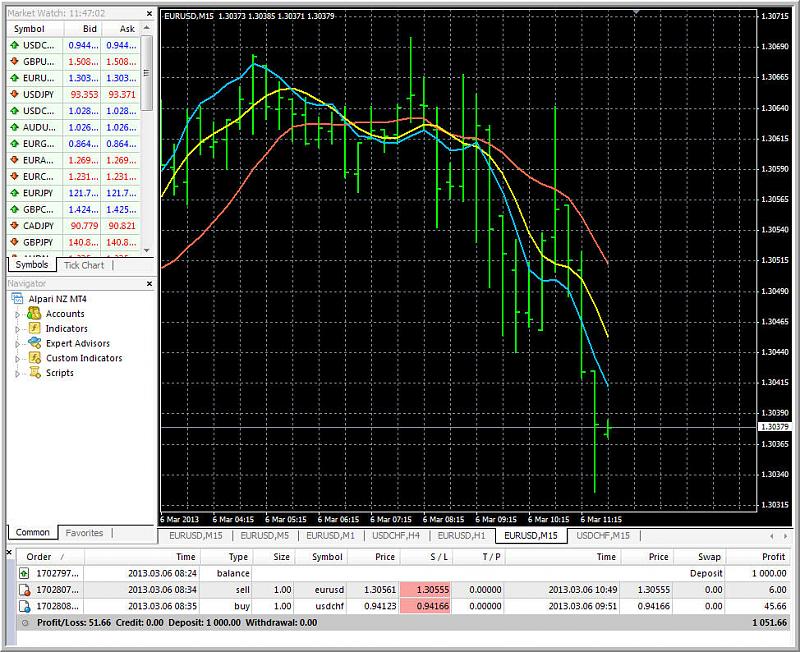
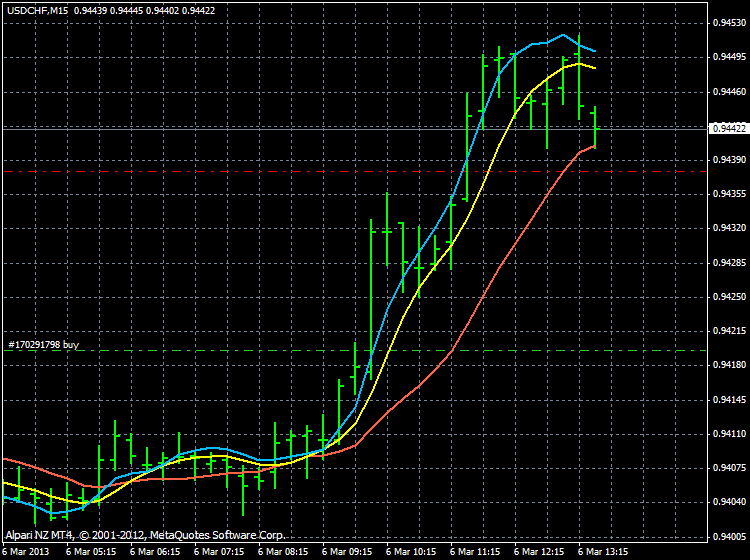
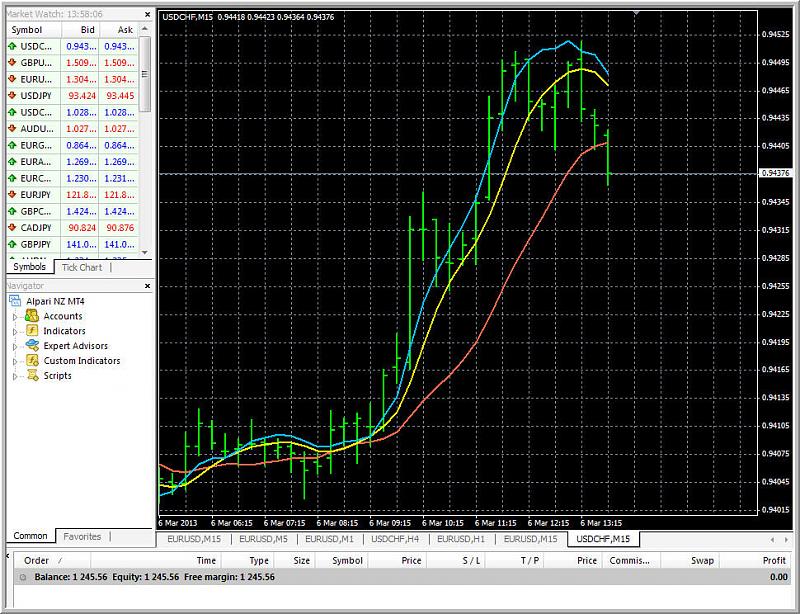

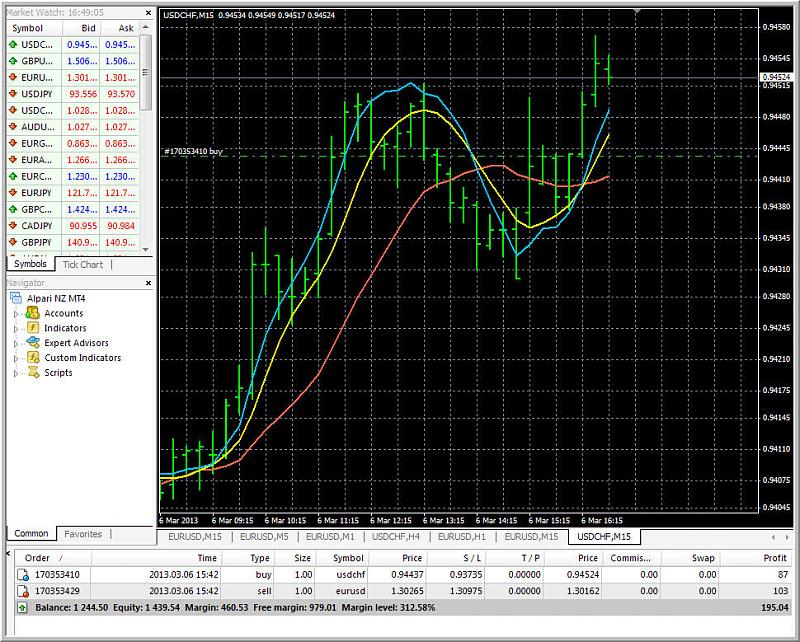
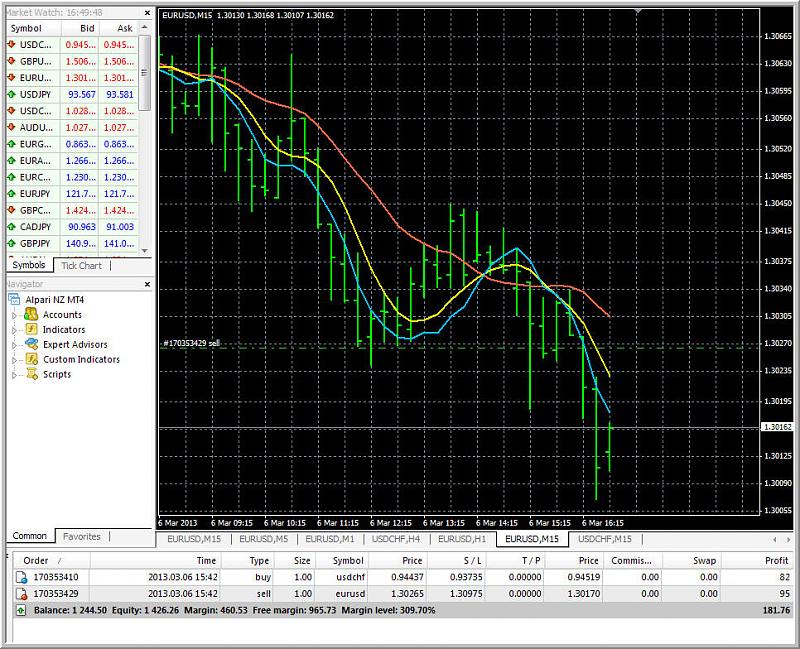

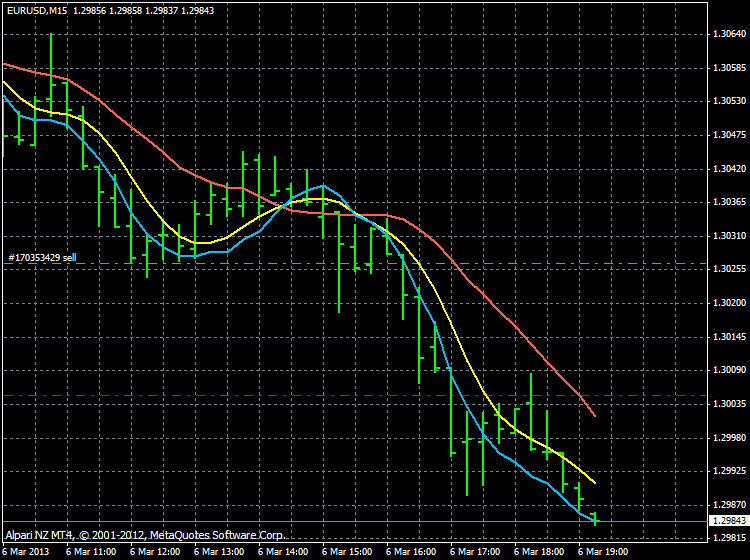



Bookmarks